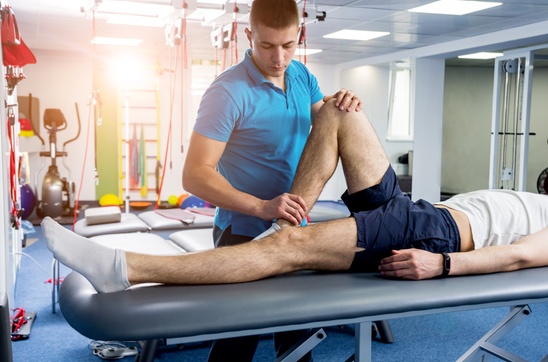Advancements in surgical techniques significantly impact the outcomes of sports injury surgeries in several key ways:
1. Minimally Invasive Procedures
Benefits:
- Reduced Recovery Time: Minimally invasive techniques, such as arthroscopy, allow for smaller incisions, leading to quicker recovery times and shorter hospital stays.
- Less Pain and Scarring: Smaller incisions result in less postoperative pain and minimal scarring.
- Lower Risk of Infection: Smaller surgical wounds reduce the risk of infections.
Examples:
- Arthroscopic Surgery: Commonly used for joint injuries (knee, shoulder), it allows surgeons to repair damaged tissues through tiny incisions with the help of a camera and specialized instruments.
2. Enhanced Imaging and Navigation
Benefits:
- Precision: Improved imaging techniques, such as MRI and CT scans, provide detailed views of the injured area, aiding in precise diagnosis and surgical planning.
- Intraoperative Guidance: Real-time imaging during surgery helps in accurately navigating and performing the procedure.
Examples:
- 3D Imaging: Used for preoperative planning and intraoperative guidance in complex surgeries, such as ACL reconstruction or rotator cuff repair.
3. Biological Enhancements
Benefits:
- Improved Healing: Use of biological materials, such as platelet-rich plasma (PRP) and stem cells, can enhance the body’s natural healing process.
- Reduced Reinjury Rates: Biological enhancements can strengthen repaired tissues, reducing the risk of reinjury.
Examples:
- PRP Injections: Often used in conjunction with surgical repair to accelerate healing in tendon injuries and ligament reconstructions.
4. Customized Implants and Prosthetics
Benefits:
- Better Fit and Function: Customized implants, tailored to the patient’s anatomy, improve the fit and function of the repaired or replaced joints.
- Enhanced Longevity: Personalized implants tend to last longer and perform better over time.
Examples:
- 3D-Printed Implants: Used in joint replacement surgeries to create implants that perfectly match the patient’s bone structure.
5. Robotic-Assisted Surgery
Benefits:
- Increased Accuracy: Robotic systems provide greater precision and control, reducing the likelihood of human error.
- Consistency: Robots can perform repetitive tasks with high consistency, which is particularly useful in complex reconstructions.
Examples:
- Robotic Knee Surgery: Utilizes robotic arms to assist surgeons in accurately placing implants during knee replacement procedures.
6. Postoperative Rehabilitation Innovations
Benefits:
- Faster Recovery: Advanced rehabilitation techniques, such as virtual reality and computer-aided rehabilitation, help in quicker and more effective recovery.
- Customized Rehabilitation Plans: Use of data analytics to tailor rehabilitation programs specific to the patient’s needs and progress.
Examples:
- Virtual Reality Rehabilitation: Engages patients in interactive rehabilitation exercises that improve motivation and adherence to rehabilitation protocols.
Conclusion
Overall, advancements in surgical techniques have greatly improved the outcomes of sports injury surgeries by making procedures less invasive, enhancing precision, leveraging biological enhancements, customizing treatments, and improving postoperative rehabilitation. These improvements lead to faster recoveries, better functional outcomes, and a higher likelihood of athletes returning to their pre-injury levels of performance.





Comments